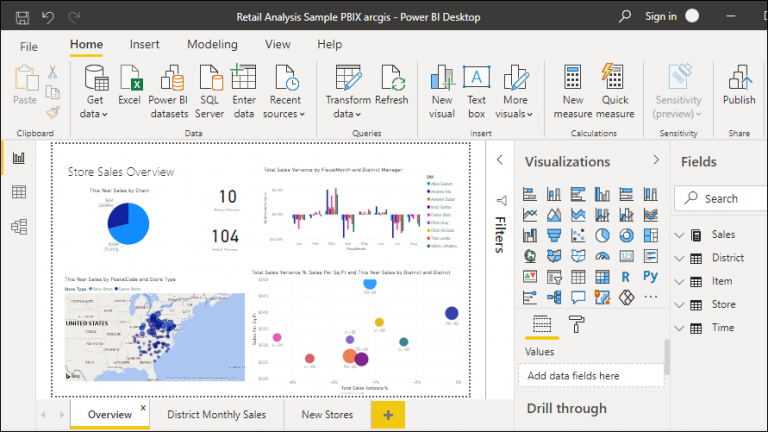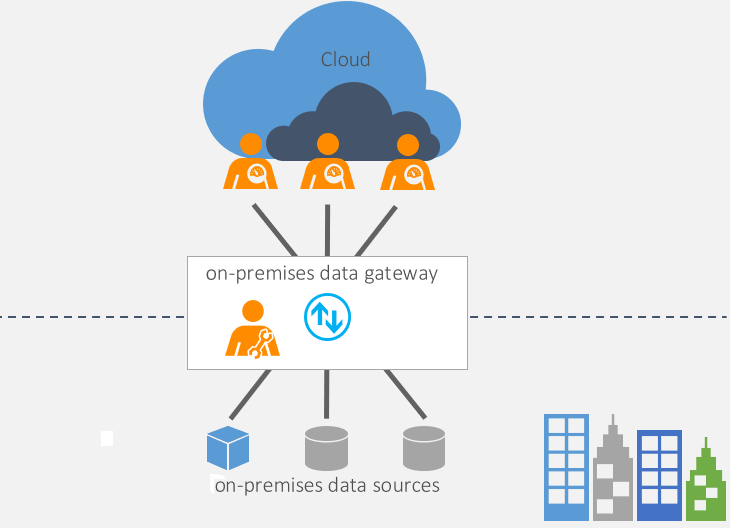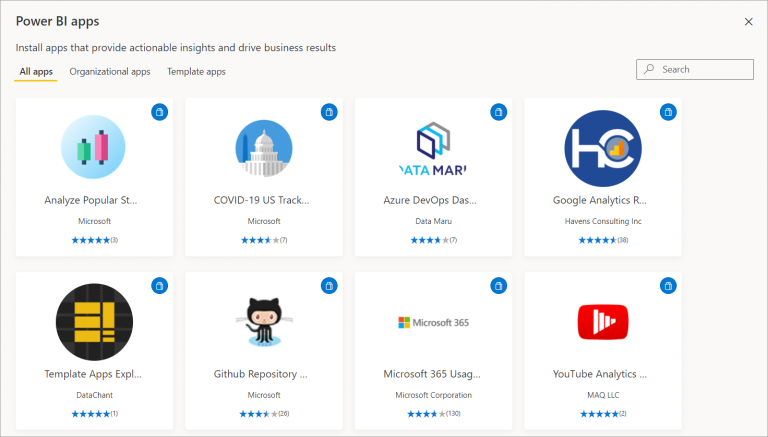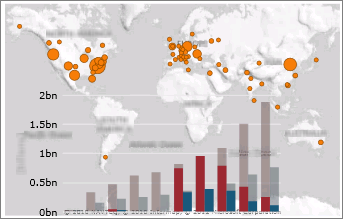Power BI Architecture: 7 Components Explained
In our recent blogs, we have explained an overview of Power BI and why your business needs Power BI. Now, it is time to understand the Power BI architecture as this will help you deepen your skills of using the Power BI.
So, let us get aware of these Power BI fundamentals starting from Power BI introduction to Power BI Architecture followed by its seven components.
What Is Power BI?
Power BI is an integrated business solution that comprises an advanced data viewing solution. It enables to create the powerful visual reports that help to analyze data in the simplest manner to make instant decisions. One can create custom reports, access them on personalized dashboards, and further can share these reports with other users to ensure data analyses.
Power BI Architecture
Microsoft Power BI Architecture comprises the available data sources, services, report server, and data delivery model. To make effective use of Power BI for your business, it is essential to understand its core and the entire architecture.
The architecture of Power BI is a service established on the Azure cloud (Microsoft’s data center). When it comes to data sources, various data sources are available to connect with Power BI to retrieve data. Such data sources include files, on the cloud, online services, and Power BI gateway.
Now, let’s discuss the data mode and behavioral analysis of Power BI Architecture:
Power BI Desktop
 source: https://docs.microsoft.com/en-us/power-bi/fundamentals/desktop-what-is-desktop
source: https://docs.microsoft.com/en-us/power-bi/fundamentals/desktop-what-is-desktop
Power BI Desktop enables you to create reports & visual analytics on the datasets. As the name suggests, Power BI Desktop can be downloaded and installed on your computer for free. Users can leverage the data analysis and visual creation tools to connect with data sources and further, to visualize and analyze the data.
Power BI Gateway
 source: microsoft.com
source: microsoft.com
Power BI gateway is connected to the data sources available on your on-premise systems. Such data sources are used to get data for reporting and analytics. Users can stay updated with reports and dashboards without moving a single data source. Through this system configuration, businesses can raise queries from the large available datasets and parallelly can take advantage of your existing system setup or investments you made.
Power BI Service
Power BI Service is a cloud-based data analysis and data visualization service or a SaaS (Software as a Service) solution whereby users can seamlessly create access, and share visual reports across their cloud network using any device, from anywhere, and anytime. With Power BI Services, users can do a lot from creating & personalizing dashboards to creating & sharing apps to analyzing the data to eventually get business insights and more
Power BI Apps

When it comes to Power BI apps, these apps can be designed by the designers to share or distribute different content at the same time. Through these apps, users don’t need to remember every report or dashboard integrated into an app. Users can remain connected to the data using power apps. These power apps can be designed and utilized whether for Windows, iOS, and Android platforms.
Now, let’s focus on components of Power BI Architecture to make more effective use of Power BI suited to your business requirements:
Components Of Power BI Architecture
1. Power Query
 Power Query is the data transformation tactic that enables users to raise queries by leveraging the data imported and organized by Power BI. Such data is processed through several data resources. The resulting data comes in various visual reports and analytics represented on user dashboards.
Power Query is the data transformation tactic that enables users to raise queries by leveraging the data imported and organized by Power BI. Such data is processed through several data resources. The resulting data comes in various visual reports and analytics represented on user dashboards.
2. Power BI Desktop
Power BI Desktop is a development tool to import data from various available resources, raise power queries, create custom analytics & reports, visualize the reports & stats, map the data, and more. Power BI Desktop is an on-premises system configuration that enables you to utilize, model, and make use of resulting actionable data to support organizational growth.
3. Power BI Mobile
 Power BI mobile allows you to drive your data to create decision-making reports, visualize them on user-personalized dashboards to easily understand. Users can easily access and share the data over a cloud network to know what’s next profitable to do.
Power BI mobile allows you to drive your data to create decision-making reports, visualize them on user-personalized dashboards to easily understand. Users can easily access and share the data over a cloud network to know what’s next profitable to do.
4. Power Pivot
 Power Pivot enables you to create data models, create calculations, establish a data connection, and create statistics. Leveraging Data Analysis Expression Language, it models data whether simple or complex.
Power Pivot enables you to create data models, create calculations, establish a data connection, and create statistics. Leveraging Data Analysis Expression Language, it models data whether simple or complex.
5. Power View
 Power View is such a technology that makes possible in visualizing data or reporting. It enables users to create interactive graphs, charts, tables, maps, and other visual reports that help to make real-time decisions. Power View connects to available data sources and filters the data for every visual report.
Power View is such a technology that makes possible in visualizing data or reporting. It enables users to create interactive graphs, charts, tables, maps, and other visual reports that help to make real-time decisions. Power View connects to available data sources and filters the data for every visual report.
6. Power Map
 Power Map is a 3D data visualization tool that enables you seamlessly map the data on Bing maps applying 3D format. Power Map works parallelly with Bing Maps to retrieve the visual data based on latitude, longitude, etc.
Power Map is a 3D data visualization tool that enables you seamlessly map the data on Bing maps applying 3D format. Power Map works parallelly with Bing Maps to retrieve the visual data based on latitude, longitude, etc.
7. Power Q&A
 When you need to know your data stats or reports in your own words, the Power Q&A tactic comes ahead. It rapidly processes your data to respond using natural language. All you need to build and deploy your data on Microsoft Power BI. Thereafter, your system would be ready to answer your questions. For instance, what was the total production last year?
When you need to know your data stats or reports in your own words, the Power Q&A tactic comes ahead. It rapidly processes your data to respond using natural language. All you need to build and deploy your data on Microsoft Power BI. Thereafter, your system would be ready to answer your questions. For instance, what was the total production last year?
Bottom Line
Thus, this blog has covered the entire architecture of Power BI. We hope, all the information will help you to deeply understand and enable you to leverage the business analytics of Power BI in a right and productive manner. To know more or to implement Power BI, we have experts who can explain and implement the best-suited business analytics solution for your organization. Contact us today.
.png)